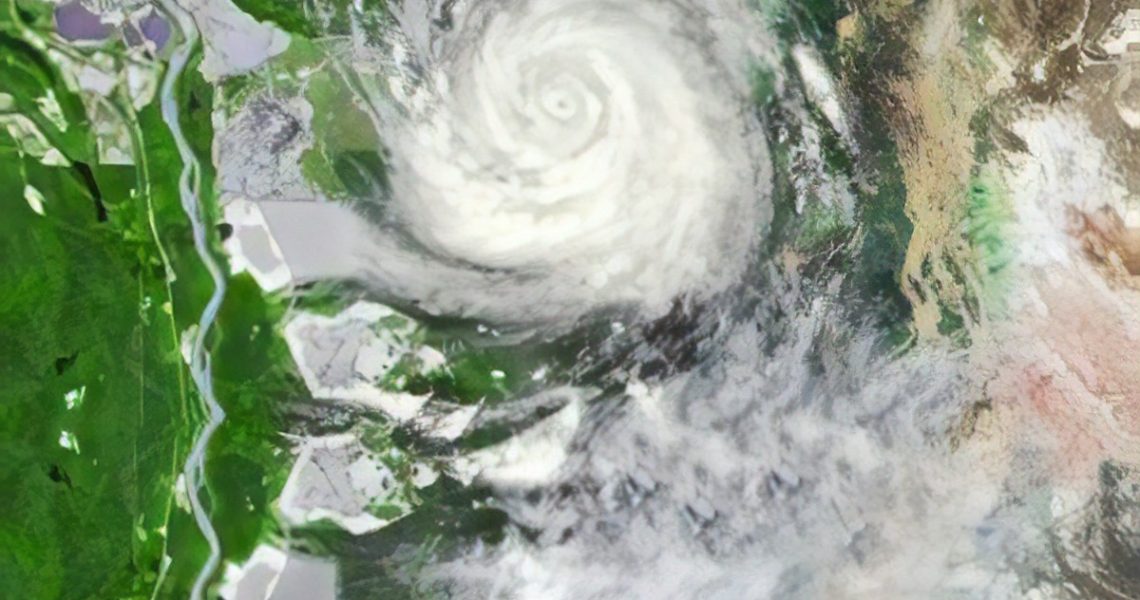Resiliently Adapting to Extreme Weather with Newly Designed Homes
Whether it’s the winter snowstorm that hit the East Coast last month or the tornadoes that swept throughout the South, extreme weather can impact regions unexpectedly and cause damage to homes not prepared for such conditions.
For this reason, many home foundation repair companies are employing resilient design strategies that make structures more resistant to climate change. A recent report from The Washington Post indicates that the resilient design trend is growing, as does a study from Munich Reinsurance America that shows 63 percent of Americans have fortified or plan to fortify their homes in preparation for extreme weather conditions that may occur.
As defined by one of the industry’s leading practitioners, the Resilient Design Institute (RDI), resilient design is “the intentional design of buildings, landscapes, communities and regions in order to respond to natural and man-made disasters and disturbances as well as long-term changes resulting from climate change.” The resilient design homes offered by companies like RDI are custom built to withstand the extreme weather conditions that are most likely to occur in a given area. For instance, a home built in the North might feature insulated panels to protect homeowners from extreme cold, while a home in the South might include solar electric systems that take advantage of the subtropical climate of an area such as Houston.
The homes constructed by conventional home building companies may be well suited to the weather conditions that a region may typically experience. However, they are less prepared to deal with extreme weather caused by climate change. Therefore, companies like RDI are primarily interested in building durable domiciles that proactively prevent extreme weather from damaging it. The homes such companies build are designed to adapt to weather extremes by forecasting the patterns that may exist in the future.
So what factors should one consider in building a resilient design home? According to experts interviewed by the Post, here are a few keys to consider:
- Build your home aboveground in order to avoid water intrusion, which can then lead to foundation damage and degradation.
- Invest in a high-quality housewrap so that extreme weather, specifically hard rain and wind, doesn’t penetrate cracks in your home siding.
- Purchase drywall panels that are resistant to mold, mildew and other things that may damage your home.
- Consider designing your home (if it’s a new build) in a manner that takes advantage of natural light, enabling it to be used as a power source should the electricity go out.
- Employ a sturdy, wood-frame construction for your home that allows for a higher degree of insulation and prevents water from getting in.
More and more homeowners are looking toward strategies that will make their homes more resilient regardless of what weather may come. In short, building homes that can withstand extreme weather conditions of all types will be a considerable challenge facing home repair companies in the future. Some trailblazing companies are on the leading edge of a new form of home design, thereby giving the rest of the industry a path to follow towards a sustainable and eco-friendly future.

